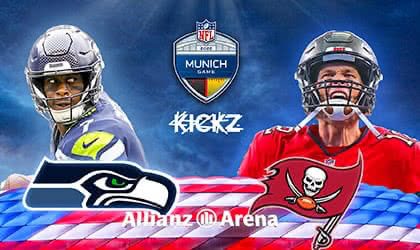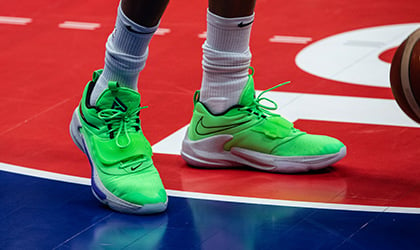History of the Nike Air Force 1
Par Robbin Barberan
Table des matières
Air in a box. That was Nike's simple ad campaign slogan when they launched the Air Force 1 in 1982.
Air in a box. That was Nike's simple ad campaign slogan when they launched the Air Force 1 in 1982. It was the first basketball shoe that featured a pocket full of air in the heel for cushioning and support.
Although the Nike Tailwind – the first shoe ever with 'Air' in the sole – debuted three years earlier, getting 'Air' into a basketball shoe was not as easy a transfer as you might think. Nike was founded on running and this is where they had the most experience. Heel-to-toe, straight-line activities. Basketball on the other hand had constant cuts, heavy landings, jumping, and instant re-jumping. The requirement profile was completely different, thus a completely new shoe had to be created.
When legendary Nike shoe designer Bruce Kilgore designed the Air Force 1 he drew inspiration from the Nike Approach hiking boot, which slanted the shaft from front to back, so it angled lower towards the Achilles. This way the shoe provided the same support while gaining flexibility. For the outsole, however, Kilgore wanted something different. Instead of a traditional herringbone traction pattern, he came up with a circular outsole pattern that catered to basketball players' use of the pivot move in the post. This made the Air Force 1 a true hoops shoe, which was then given to basketball playing wear-testers.
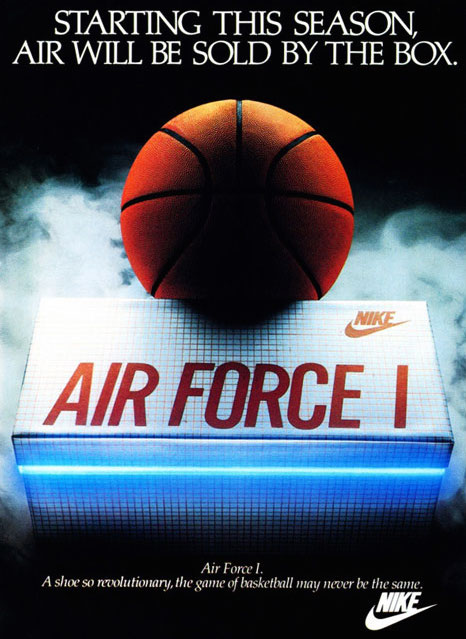
Among the very first wear-testers was a young man named Tinker Hatfield, who joined Nike in 1981 as a corporate architect. Amazed by the performance of the sneaker, Hatfield started thinking that his skills would be better suited to designing Nike's athletic footwear as opposed to their buildings. A couple of years later Hatfield would design the Air Jordan 3 and become a sneaker legend in his own right.
But back to the beginnings of the Air Force 1, which was going through several testing stages early on. And even though some wear-testers complained about the ankle strap, they all loved the shoe. So much so that some even refused to return the samples they were given.
When the shoe went into production in 1982 Nike signed six NBA players to wear the AF1 on the hardwood. The “Original Six” were Moses Malone (Philadelphia 76ers), Michael Cooper (L.A. Lakers), Bobby Jones (Philadelphia 76ers), Calvin Natt (Portland Trail Blazers), Mychal Thompson (Portland Trail Blazers), and Jamal Wilkes (L.A. Lakers).
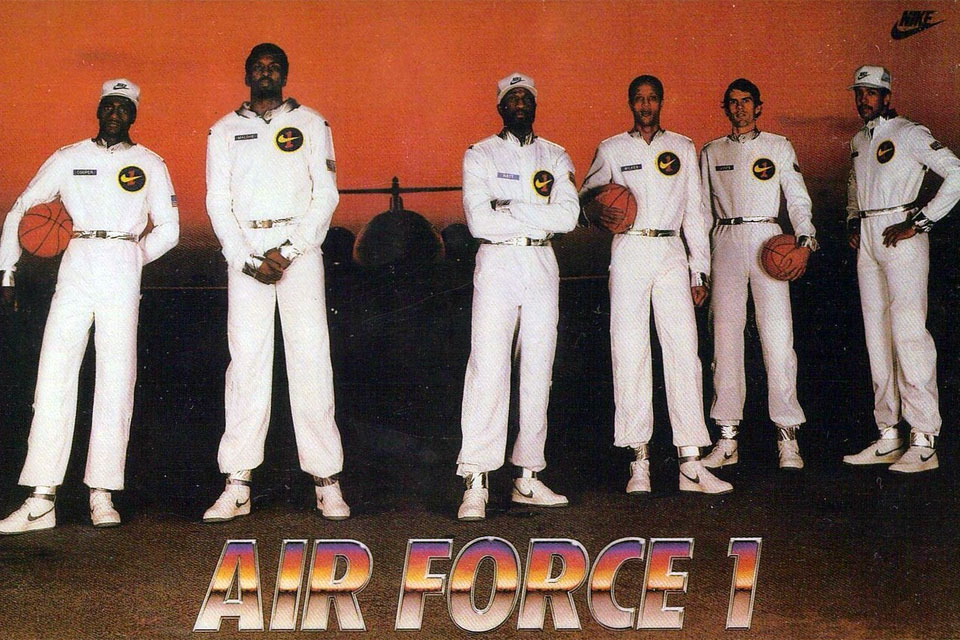
Although the Air Force 1, which was originally meant as a homage to the President's plane 'Air Force One', was originally discontinued in 1984, demand remained high. People were asking distributors about the Air Force 1, often customizing used shoes to come up with new colorways.
After a while distributors started asking Nike about the possibility of re-issuing the shoe. A proposal that was unheard of back then. To Nike, bringing back a shoe that was out of production made no sense. Why would customers buy a pair of sneakers that was essentially 'old'? Why should Nike spend money on something that was already there? Being in the business of making athletic shoes they were accustomed to looking ahead, not back. They were in the business of creating something, then moving on and making something better. Nostalgia has never been a factor as the company was just too young to even think of looking back.
But the Air Force 1 was different. The unprecedented hype and demand made Nike re-think the whole idea of discontinuing shoes. These were the very first steps towards "Retro-ing".
In 1986 the Air Force 1 finally came back. One of the most iconic sneakers of all-time returned because fans demanded it.
Today, there are nearly 2.000 versions of the Air Force 1 and it is still going strong as one of the most iconic sneaker silhouettes of all time.
Table des matières
Articles recommandés
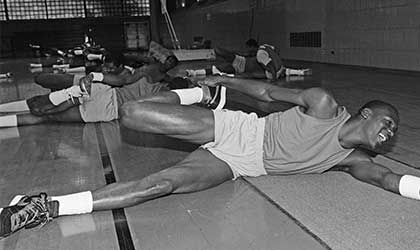
THE HISTORY OF THE NIKE AIR SHIP

KICKZ Performance Review: Nike PG 6

